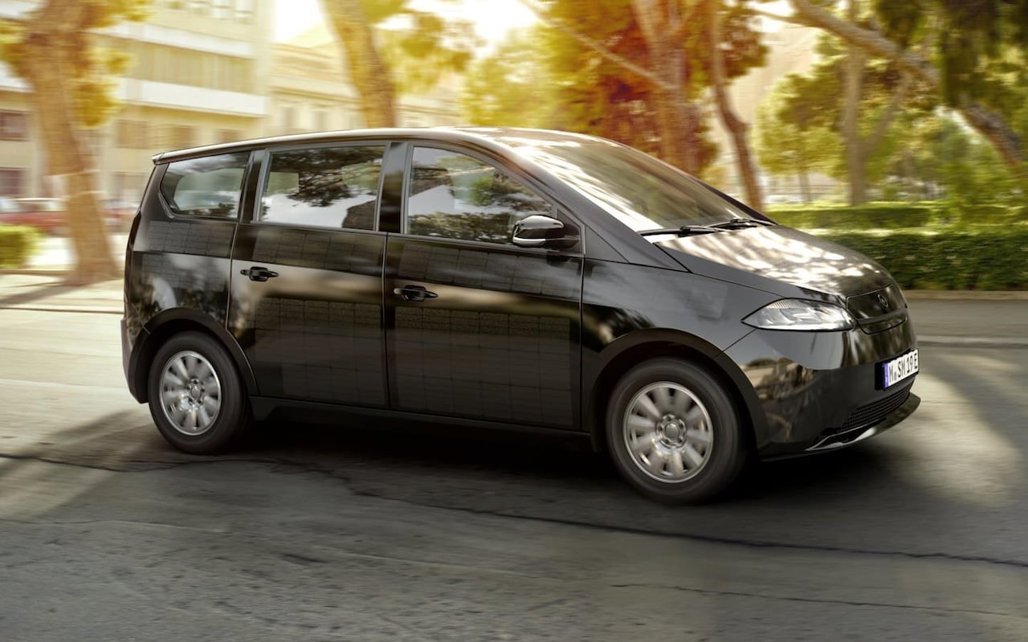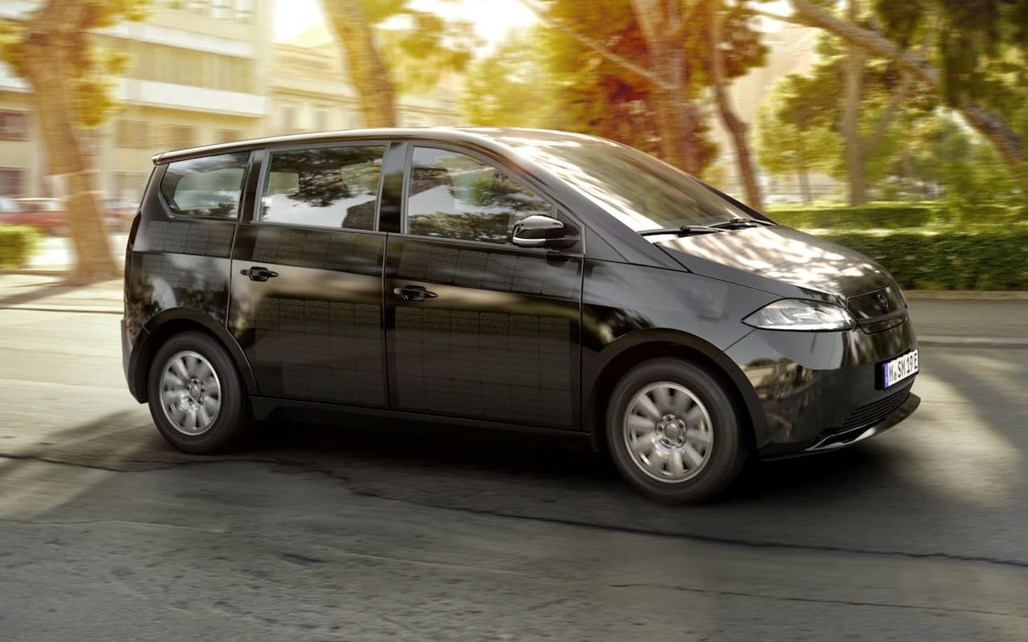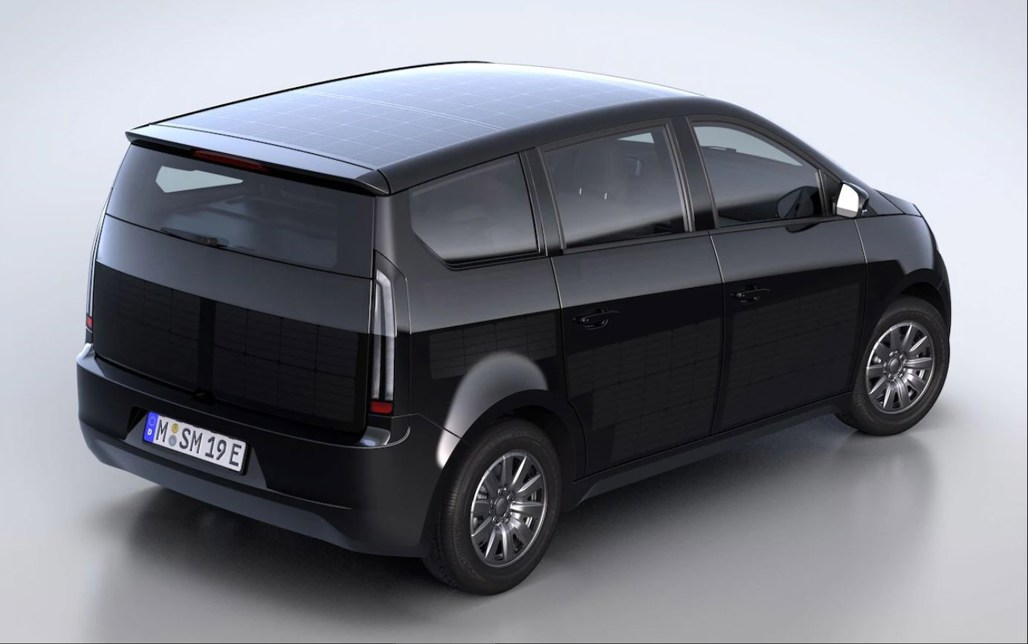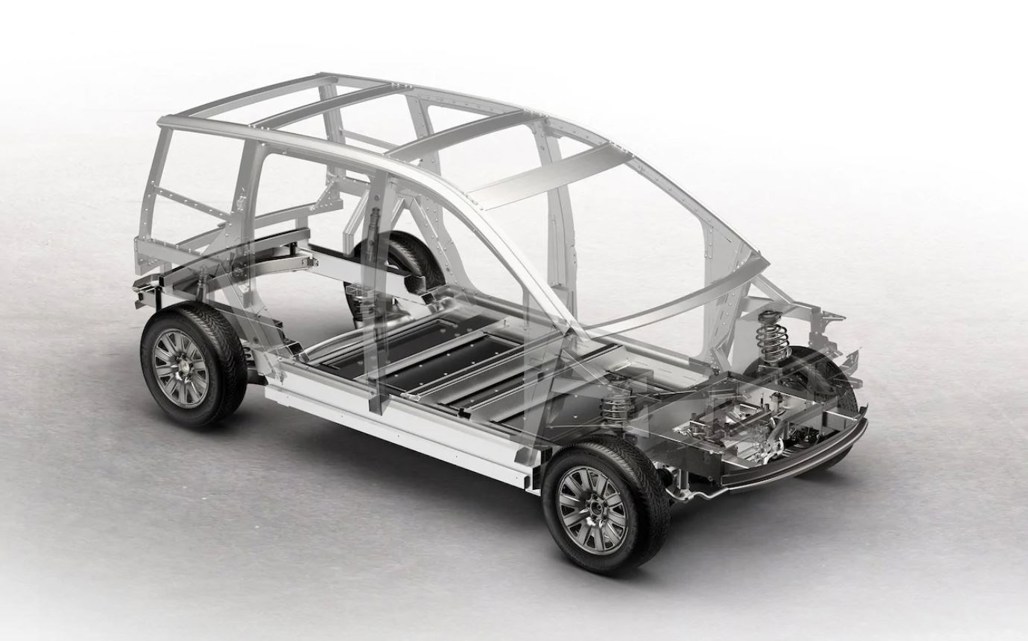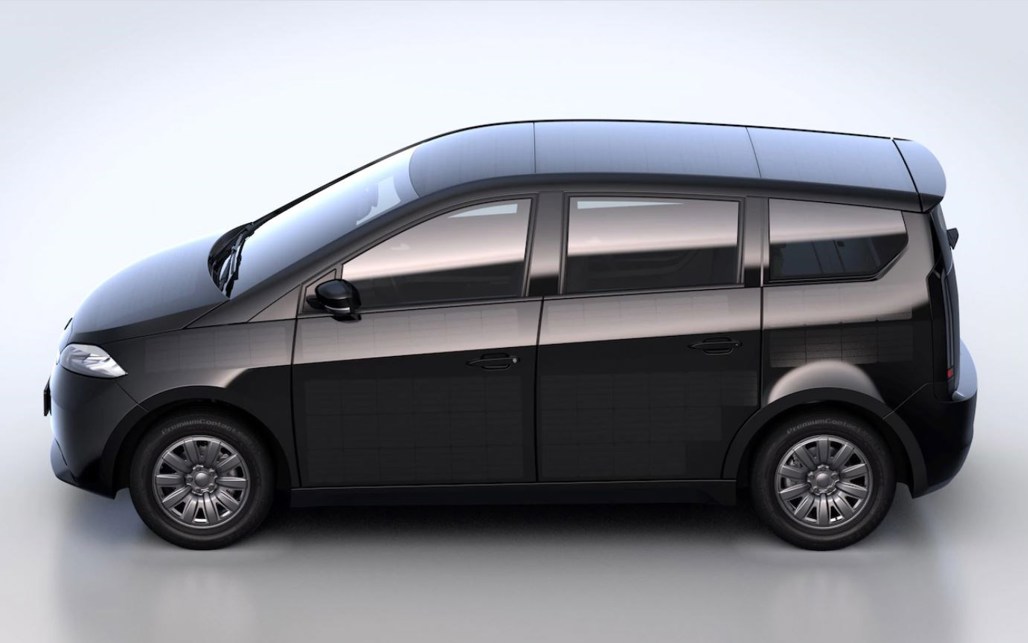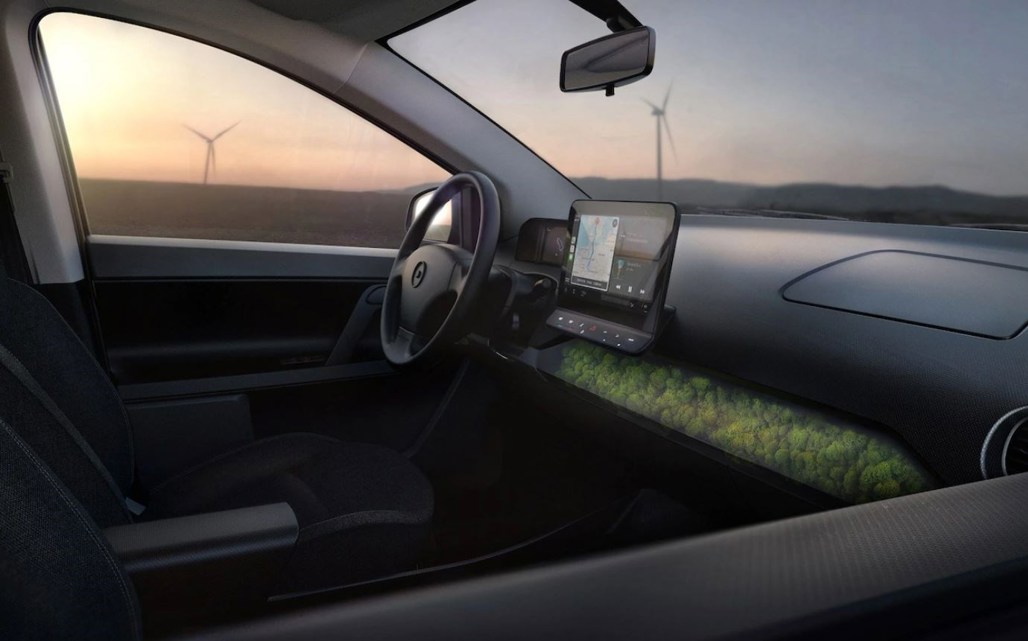In 2006, we tested a BMW which had the intriguing quality that if you left it parked for long enough all 8kg of its hydrogen fuel stored at minus 253 degrees Centigrade in a vacuum tank would boil off. This car, the Sono Motors Sion, has the same quality in reverse. Park it in sunny June for long enough and when you return you’ll find the battery fully recharged; the Sion will have effectively refuelled itself.
We’ve seen solar-powered cars before, of course, those featherweight mileage marathon electric cars in the World Solar Challenge which trundle across the Australian desert with nothing but the sun’s radiation to power them. There was also the Solar Impulse 2, the sun-powered, record-breaking aeroplane, which in April 2016 eerily circumnavigated the globe, 113 years after the Wright brothers shakily took to the air in the world’s first powered flight.
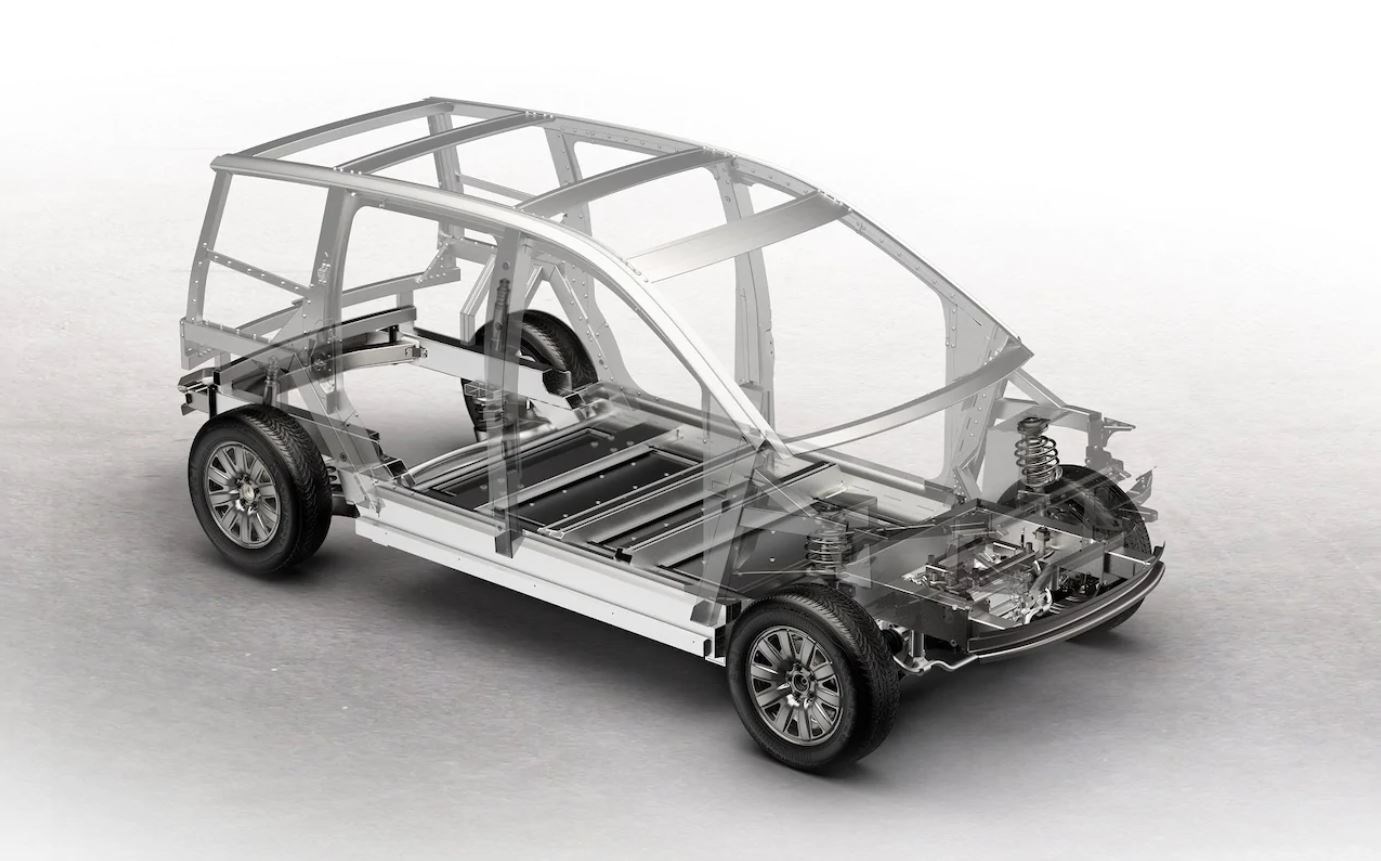
The Sion is a straight-laced, five-seat MPV, looking a little like a first generation Ford C-Max, and you can have it in any colour you like as long as it’s matt black. It is 4.9 metres long, with a wheelbase of 2.77 metres. It’s slated for production in 2021, with first deliveries in 2022. It will be priced at €25,500 ($46,000), including the lithium-ion main battery.
Interestingly, the battery has a nominal value of €9,500 ($17,161) and is available to rent or lease separately from the vehicle. Laurin Hahn, Sono Motors’ chief executive and co-founder, says he is aware of the consumer confusion and difficulties which affected Nissan and Renault when they offered the same separation of battery and vehicle, but wanted to offer customers a choice.
The Sion’s extruded aluminium spaceframe structure is cloaked in 248 solar cells embedded in polymer panels. These panels, while not load-bearing, are up to 20 per cent lighter than equivalent steel and also yield between 200 and 220 watts per square metre compared to about 180 w/m2 for flexible and glass-backed photovoltaic cells.
The Sion will therefore charge its battery during the day with the power of the sun, though you’ll probably not need telling that the old yellow orb doesn’t always have his hat on. Sono Motors predicts that parked in Munich, Germany on a fine summer solstice, it will charge at between 4.5 and 5kWh, giving a free 33km of range; a dreich and drear day in December, however, will struggle to deliver more than an additional 2.8km.
The water-cooled, 35kWh battery contains 192 prismatic lithium-ion cells in 16 modules and is mounted as a flat slab in the floor, as is common industry practice. Sono claims it has a reduced content of the controversially-mined material cobalt, and the battery comprises nickel, manganese and cobalt in a ratio of 6/2/2. It also claims that the production of the battery emits about six tonnes of CO2.
The Sion’s WLTP-tested range of 254km and the battery is warranted (along with the rest of the vehicle) for two years, 100,000km and 2,000 recharges. Again this isn’t the same as rivals, which tend to offer warranties based on the battery capacity remaining above 70 per cent over eight years. Hahn says the company’s contract with its battery supplier is based on a two-year warranty, but “we think that the battery should last the life of the car,” he says, “and it will also have a second life as a power pack”.
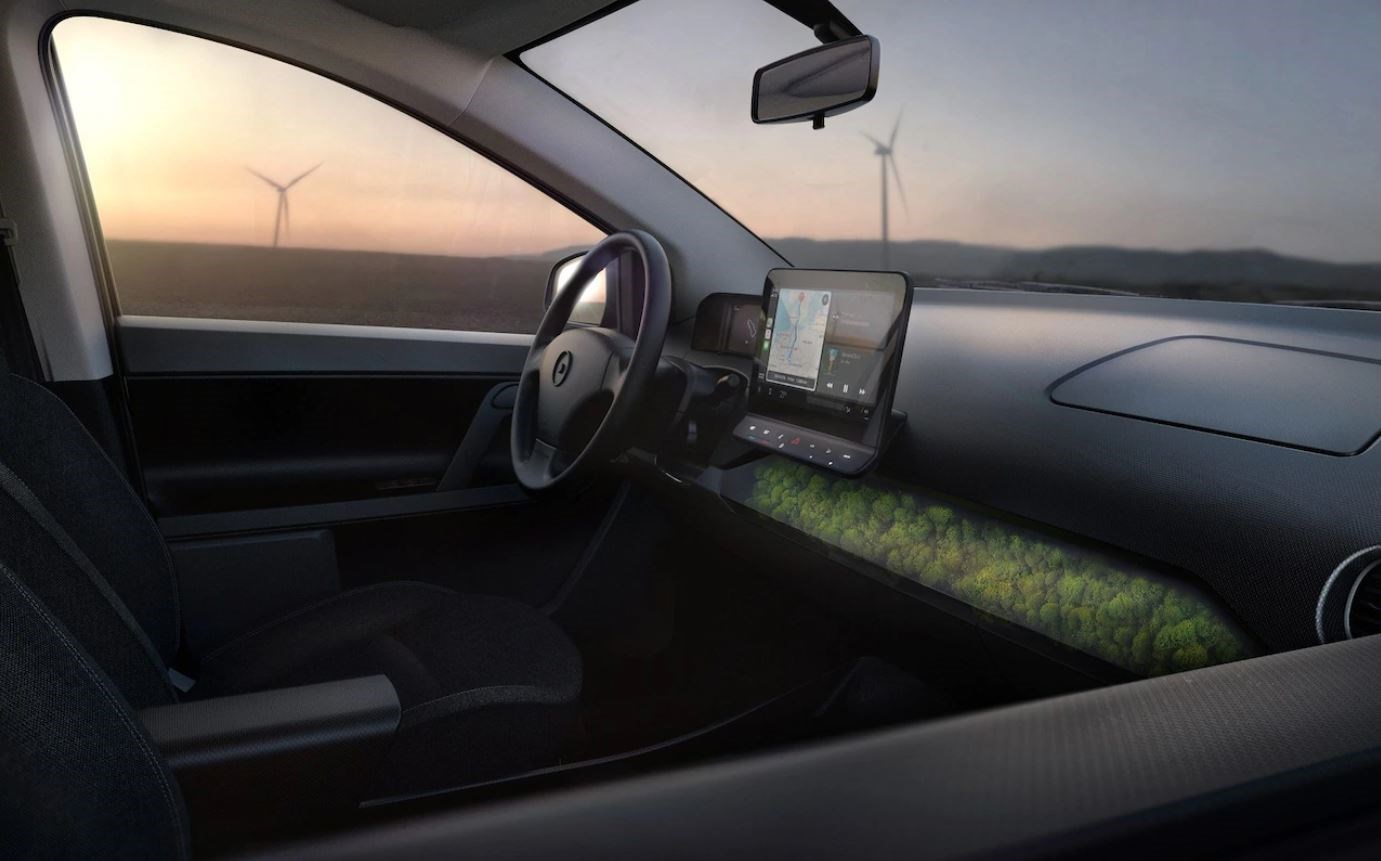
A 161bhp/200lb ft AC synchronous motor drives the front wheels and propels the 1.4-tonne Sion a top speed of 87mph with 0-62mph in under 9sec. The maximum towing weight is 750kg, the interior space is 650 litres with the rear seats in place and 1,200 litres with them folded.
Recharging can be in any one of three ways. A full 50kW DC CCS fast charge will take 30 minutes for an 80 per cent fill, an 11kW Type 2 full charge will take 3.5 hours and a 3.5kW household supply will take 13 hours for a full recharge.
The plan is to produce 260,000 Sions over eight years at the former Saab plant in Trollhättan, Sweden - Sono Motors is a Munich-based start-up, backed by National Electric Vehicle (NEVS), a Chinese-controlled, Swedish-based company, which in 2012 took over the assets of Saab. It’s an ambitious plan and, as with all start-ups, the sound they’ll hear on the shop floor is the rest of the motor industry charging over the horizon in hot pursuit. BMW, for example, is planning to radically rebalance its radical electric vehicle range to the extent that this year’s corporate CO2 level is predicted to be about 20 per cent below last year’s.
The matt black colour scheme saves considerable amounts of energy according to Hahn. “Over 70 per cent of energy in a car plant is used in the paint area,” he says. “You have to heat the entire paint shop to between 70 and 90 degrees to make the paint dry.”

What he doesn’t mention, but which is also as true now as it was when Fiat produced its unpainted Ecobasic concept in 2000, is that having no paint shop means no drying time, no refinishing costs, no production hold-ups, no pricey robots, no harmful solvents released in the atmosphere and no more expensive car-park scrapes.
There’s some clever stuff in there, especially in the marketing. With no formal dealers, Sono Motors will release a full maintenance manual so private garages can service the car, but for high voltage repairs Sono will team up with a European service provider.
A phone app allows sharing of the car and rides, though in practise this is likely to be among family and friends rather than the general public. The battery can be used as a mobile power source and generator. The chassis is modular and the company plans another two models including a van on the same platform.
I can’t help wondering about that self-charging selling point, though. Sono Motors claims the Sion can generate up to 5700km of free travel in a year, but isn’t it more important that we tap into mass renewable generation sources, be they wind, solar or hydroelectric, where efficiencies are higher and geographical siting can be optimum? Besides, what happened to storing your car in a garage? And pigeon deposits aren’t going to help much with self-generation. Hahn carefully mishears my question on the subject.
“We need to move to renewable energy right now,” he says. “Fossil fuel isn’t working.”
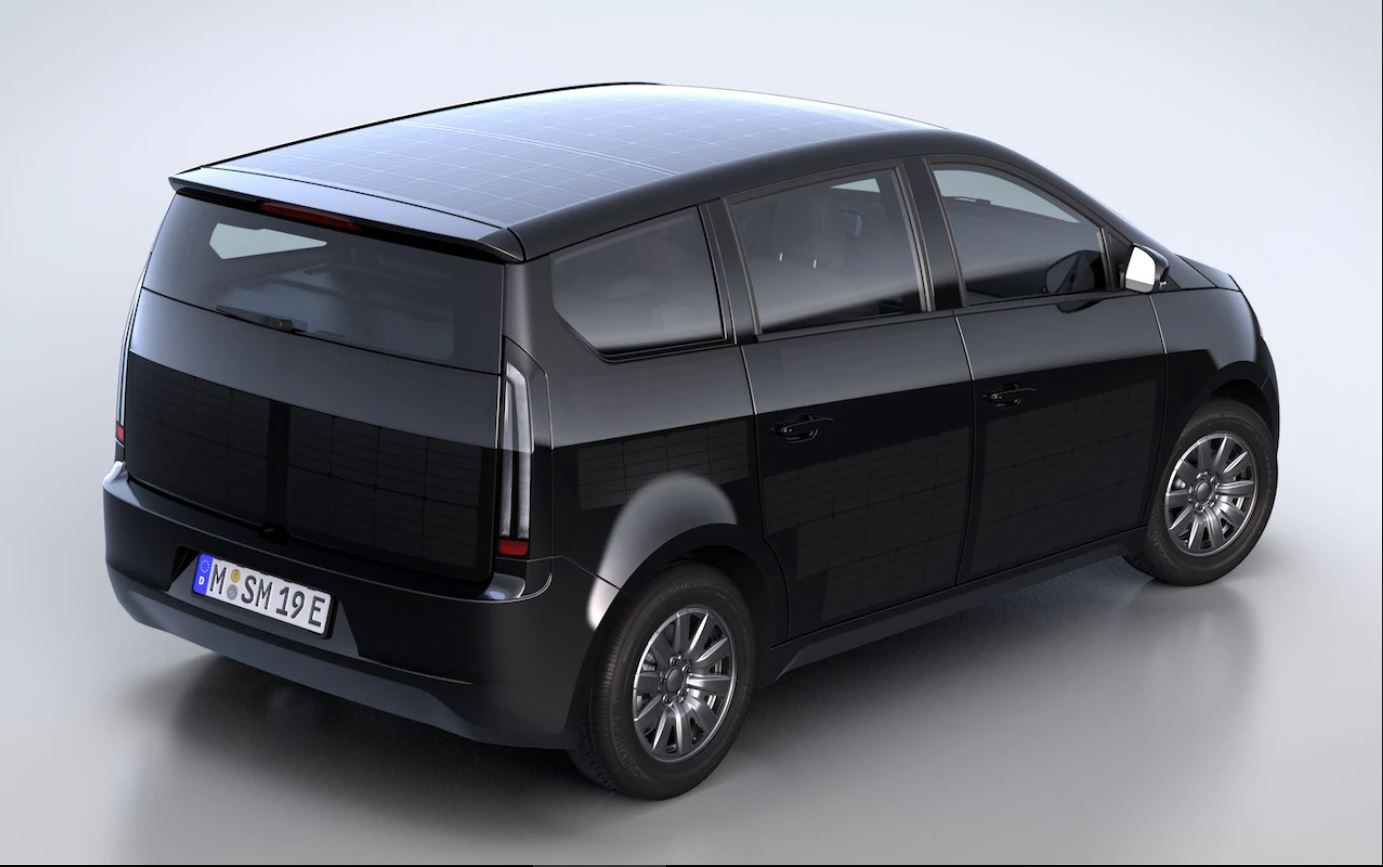
But, for most customers, fossil fuel does work right now and while there’s another debate to be had about the UK Government and European Union’s gormless single-track approach of electric cars as a panacea for CO2 reduction, for electric cars to gain widespread acceptance, alternative manufacturers offering well engineered and competitively priced cars such as the Sion are going to be key.
By January this year, Sono Motors had raised €53 million (£46.8 million) in community funding which, according to Laurin Hahn, consists of 13,000 €500 deposits on the new car, various debt functions and donations. “It’s a really massive thing,” says Hahn, “the biggest company funding of this type and shows the potential of this new car brand and its product.”
Self-charging or not, Sion looks to have a bright future - even if that’s going to be uniformly black.
- Telegraph UK
